Ships dock at Nghi Son Port to unload goods.
Good news...
Thanh Hoa seaport system currently has 28 hard wharves with a total length of 5,343m (including 15 general wharves with a length of 3,341m, an increase of nearly 6 times in quantity and 5 times in length compared to 2010. In recent years, Thanh Hoa seaport system has received investment attention in a synchronous and modern direction, contributing significantly to promoting the economic development of the province.
Based on the approved planning, new ports (including wharf routes and water areas in front of the wharf) have been invested in and built, and maritime infrastructure has been gradually completed. The road traffic system connecting to Thanh Hoa seaport is relatively good, basically meeting the requirements for transporting goods to and from the port. Currently, Thanh Hoa seaport is capable of receiving the largest ships with a capacity of 320,000 tons at the SPM buoy wharf; general and bulk ships with a capacity of up to 70,000 tons (reduced load) at the wharf. Initially, it has attracted container transport routes to and from the Nam Nghi Son wharf area.
Along with investing in construction and completing infrastructure, Thanh Hoa Provincial People's Committee has applied many policies to attract investors to exploit ports; especially the policy to attract foreign shipping lines to the port to load and unload containers. These policies are the driving force to continue focusing on mobilizing resources to complete the infrastructure of Nghi Son seaport system, deploy solutions to increase the quantity and output of imported and exported goods through the port, increase the budget revenue for the province, and create jobs for many local workers.
After many efforts, Thanh Hoa province recorded the volume of goods passing through the local seaport system exceeding the forecast in the Detailed Planning of the North Central Seaport Group to 2020, with a vision to 2030. In 2024, the volume of goods passing through Thanh Hoa seaport reached 56.27 million tons; of which dry and bulk cargo reached 36.31 million tons (accounting for 64.5%), liquid cargo reached 19.7 million tons (accounting for 35%), and container cargo reached 0.27 million tons (21,061 TEU). Of which, the proportion of goods passing through Nghi Son Port accounted for about 50% of the total volume of goods passing through Group 2 of seaports (equal to both Nghe An and Ha Tinh seaports). The average growth rate of goods in the period 2020-2024 reached 12.7%.
In addition to the achieved results, the exploitation of the potential and advantages of Thanh Hoa seaport system is still limited and difficult. Some projects have not been synchronized between the investment roadmap in the planning and the actual time of investment in the construction of ports. Regarding sea traffic connections, the standards of shipping channels have not met the actual needs. The limitation of stable and long-term dredged material storage locations affects the progress of dredging and maintenance of maritime routes and water areas in front of the wharf, reducing the efficiency of port exploitation. The North Nghi Son area has not yet established a public route; the implementation of the project of socializing dredging of Le Mon route is still difficult and entangled. The ports of Thanh Hoa seaport are connected to inland waterway transport routes mainly through coastal transport routes, inland waterway routes through limited river routes...
Currently, there is only one pilot pick-up and drop-off area (in the South Nghi Son area) serving both the South and North Nghi Son port areas. Therefore, picking up and dropping off pilots for ships entering the North Nghi Son area is relatively difficult due to the long distance. Thanh Hoa has not yet formed logistics centers or large-scale dry ports that play a role in multimodal cargo transit in the area to support seaports...
Closer to the goal of becoming a strong province in marine economy
Recently, the Ministry of Construction has approved the Detailed Plan for the development of land and seaport areas in Thanh Hoa for the period 2021-2030, with a vision to 2050. With many important contents, the plan creates an important foundation and basis to attract investment, comprehensively develop seaport infrastructure in Thanh Hoa, promote maritime trade, and leverage the socio-economic growth of the province and the region.
According to the planning content, Thanh Hoa seaport includes the following wharf areas: Nam Nghi Son; Bac Nghi Son; Hon Me island; Quang Nham - Hai Chau port; Lach Sung port; Le Mon, Quang Chau port; buoy wharves, transshipment areas and anchorage areas, storm shelters.
Nghi Son seaport.
The target by 2030 is that the volume of goods passing through Thanh Hoa seaport will reach from 71.65 million tons to 86.15 million tons (of which container cargo will be from 0.07 million TEU to 0.2 million TEU, excluding cargo from projects to expand/build new iron and steel production complexes). Regarding infrastructure, Thanh Hoa will have a total of 20 to 24 ports including from 57 to 65 wharves with a total length of 11,386m to 13,526m (excluding other ports). Vision to 2050, the volume of goods passing through Thanh Hoa seaport is expected to reach an average growth rate of about 3.6%/year to 4.5%/year.
Total land use demand according to the planning until 2030 is about 387.5 hectares (not including areas for developing industrial parks, logistics... associated with the port). Total water surface use demand according to the planning until 2030 is about 99,042.9 hectares (including other water areas within the management scope without maritime works). Investment capital demand for the period until 2030 is about 21,906 billion VND, including investment capital demand for public maritime infrastructure of about 4,511 billion VND and investment capital demand for ports of about 17,395 billion VND (including only ports providing cargo handling services).
The focus is on port investment in the Nam Nghi Son and Bac Nghi Son port areas; investing in infrastructure to ensure maritime safety such as: anchorage, storm shelters, maritime traffic monitoring and coordination systems; public ports, facilities to serve specialized state management tasks. Along with that is upgrading the Nam Nghi Son channel for ships of 50,000 tons or more (including the turning area), studying the formation of a two-way channel when qualified; the Bac Nghi Son public maritime channel for ships of 50,000 tons or more when qualified.
To achieve the set goals, the planning focuses on 6 groups of solutions, including: mechanisms, policies; investment capital mobilization; environment, science and technology; human resource development; international cooperation; organization, implementation and monitoring of the planning implementation. In which, solutions on mechanisms, policies; investment capital mobilization are the "keys" to open the door to space and solutions on environment, science and technology; human resource development; international cooperation; organization, implementation and monitoring of the planning implementation create a deeper qualitative shift.
The detailed planning for the development of Thanh Hoa seaport land and waters in the 2021-2030 period, with a vision to 2050, opens up opportunities, effectively promotes and maximizes the potential and advantages of seaports, thereby increasing marine economic resources, creating a breakthrough to promote socio-economic development, gradually getting closer to the goal of becoming a strong province in marine economy, a new growth pole in the North of the country.
Article and photos: Nguyen Thanh
Source: https://baothanhhoa.vn/quy-hoach-cang-bien-thanh-hoa-don-bay-cho-su-phat-trien-ben-vung-255473.htm


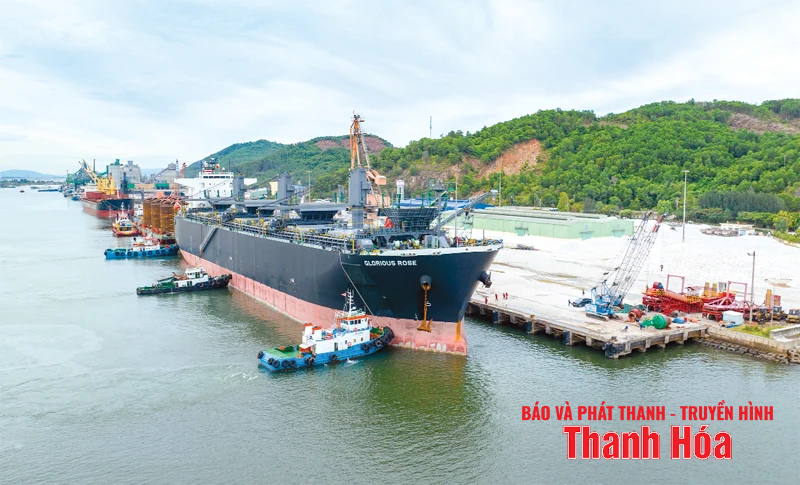
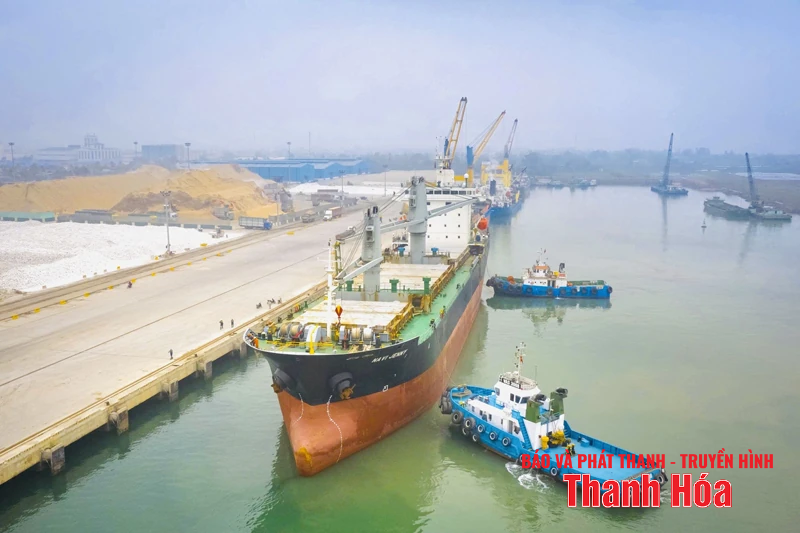
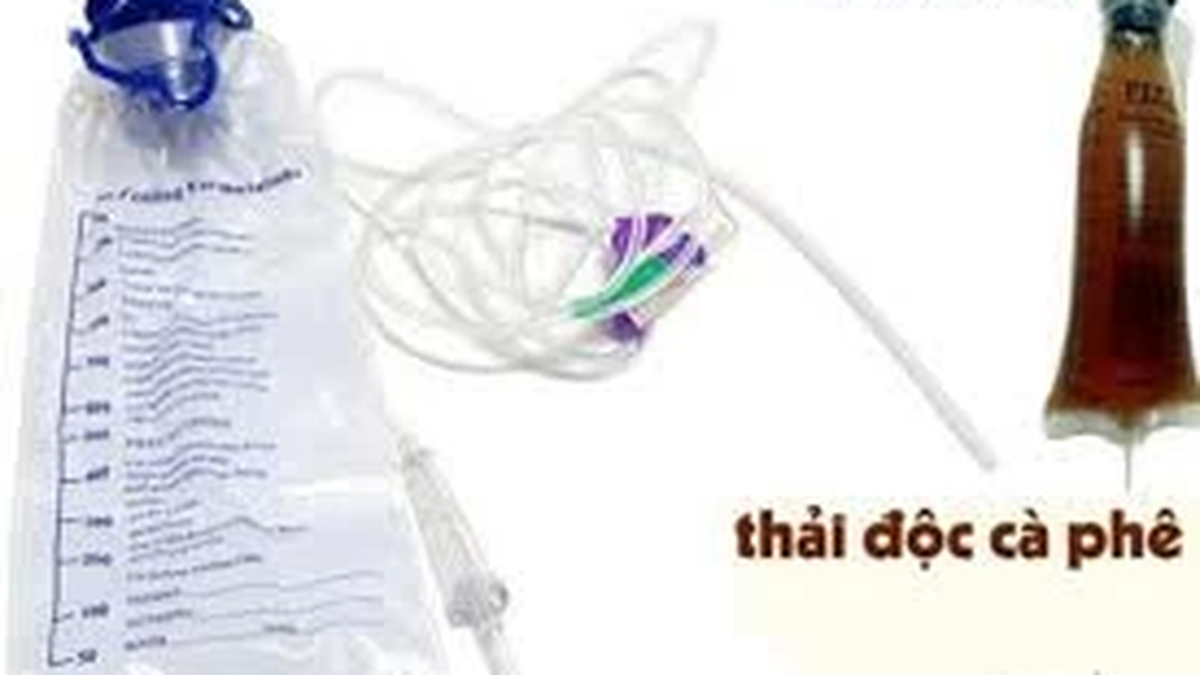
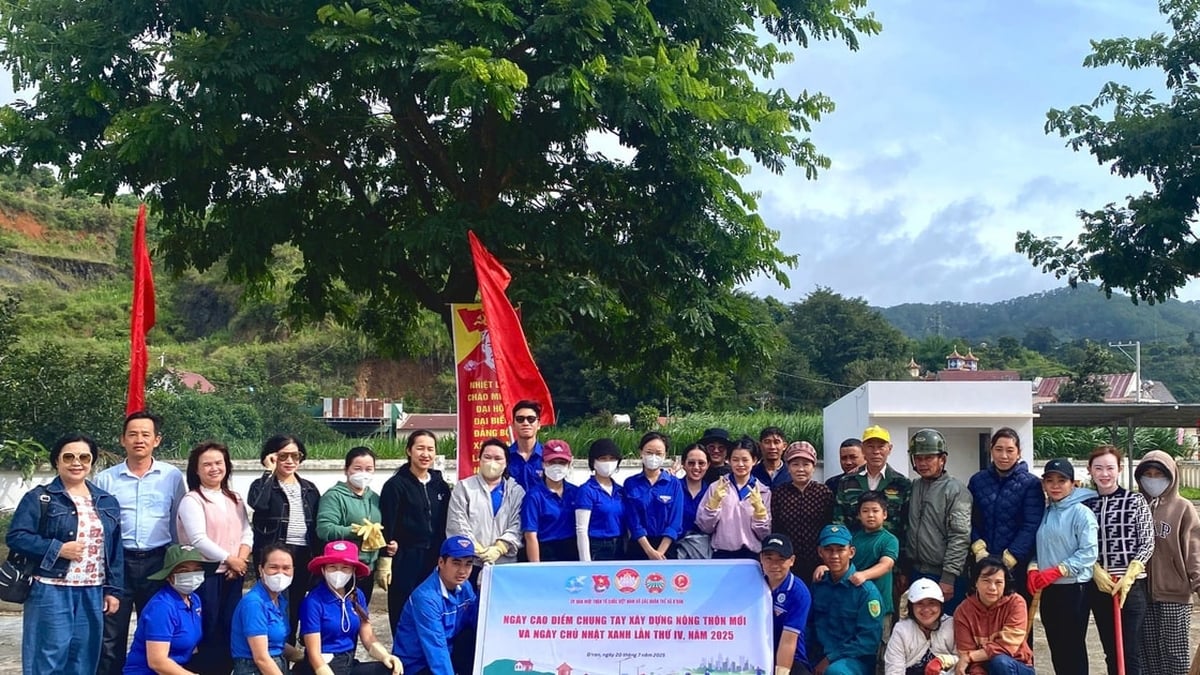
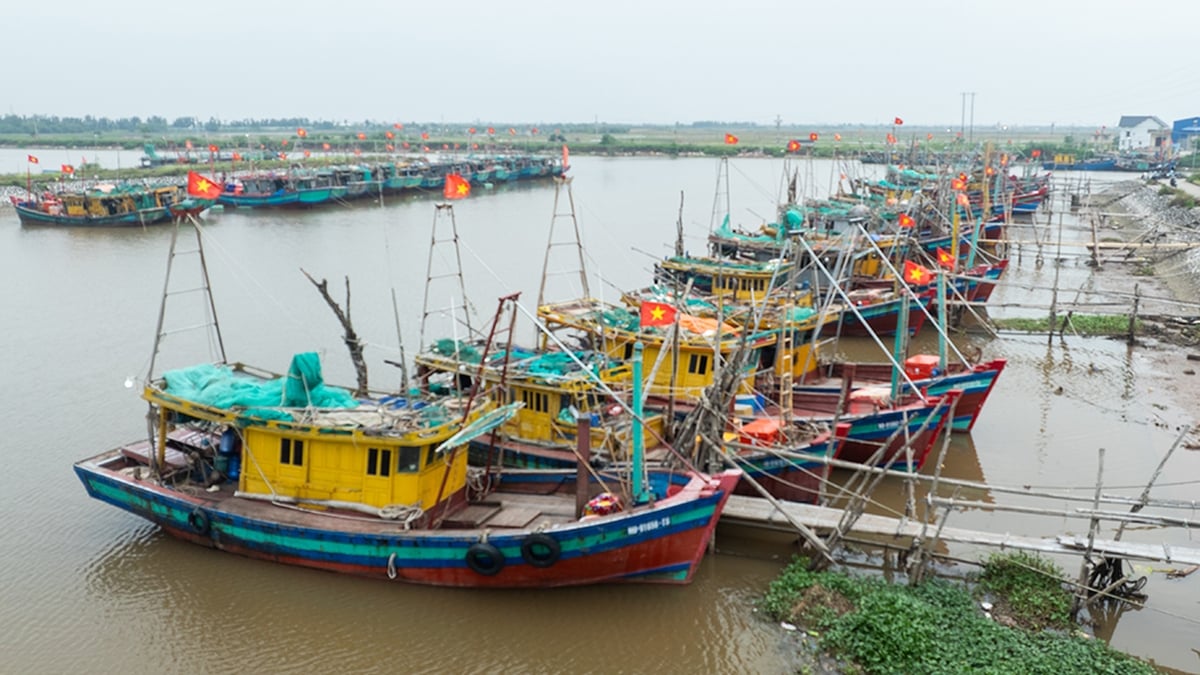

























![[Photo] National Assembly Chairman Tran Thanh Man visits Vietnamese Heroic Mother Ta Thi Tran](https://vphoto.vietnam.vn/thumb/1200x675/vietnam/resource/IMAGE/2025/7/20/765c0bd057dd44ad83ab89fe0255b783)



































































Comment (0)